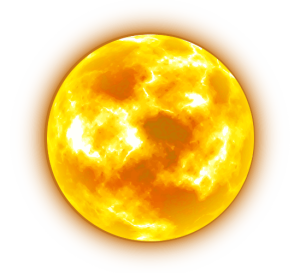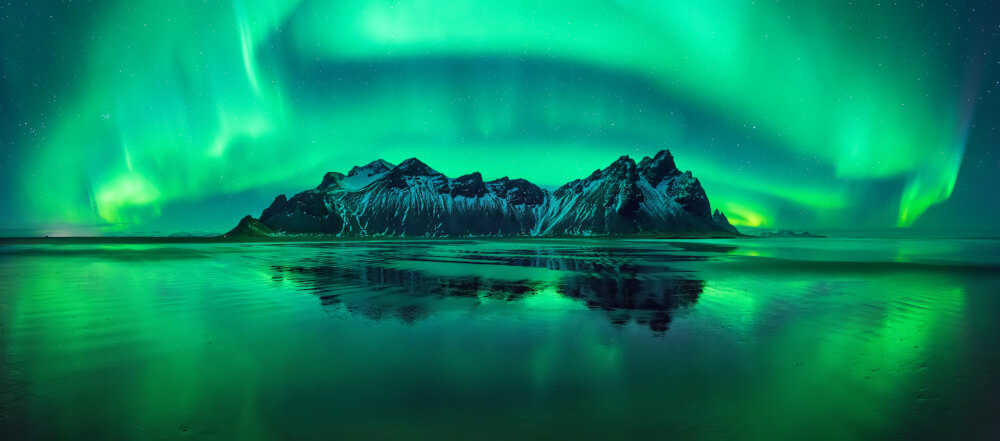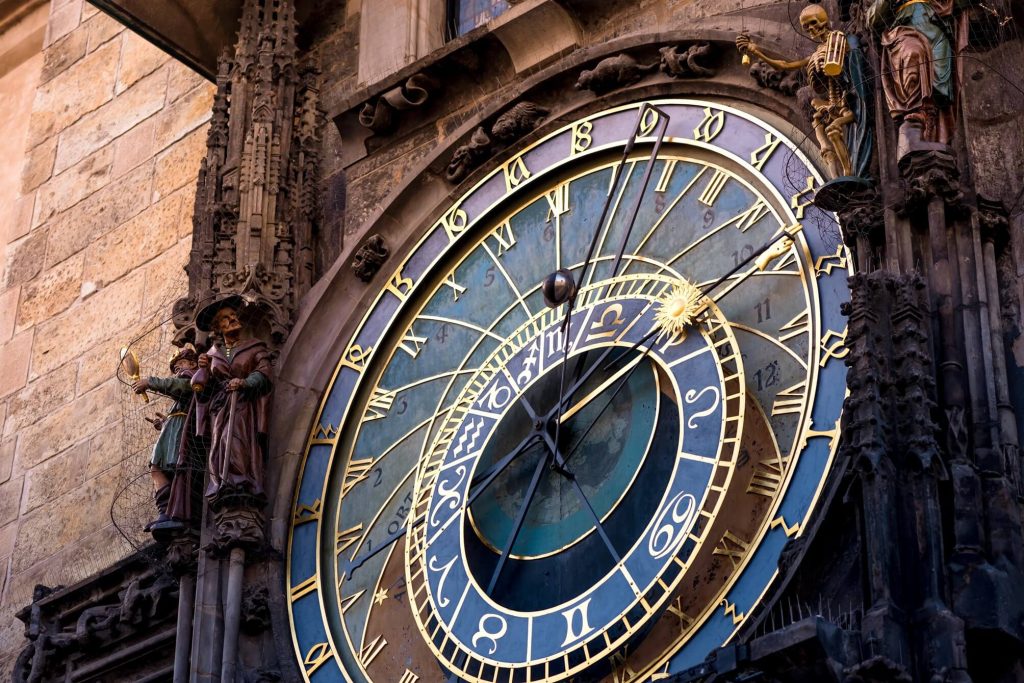Our Sun
Picture credits


The sun is the only star in the Solar System. It has so much mass that all other objects in the Solar System revolve around it. It’s also huge: the earth would fit inside over 1 million times. The sun’s core has a temperature of about 15 million degrees and a density 150 times higher than that of water. This means a litre of the core weighs about 150 kg, more than two average people.

In the deep interior of the sun, the immense pressure and temperature trigger the nuclear fusion of hydrogen into helium. The fusion process converts about 4 MILLION tonnes of mass into light energy PER SECOND!!!! All life on Earth is ultimately powered by light from the sun: Plants catch the light with their leaves and convert it into nutrients, animals eat these plants and in turn are food for other animals. It is very difficult to create conditions under which nuclear fusion can be sustained, though. That is why, despite decades of effort, we still cannot use fusion reactors to generate electricity.

The solar wind that the sun constantly radiates into the universe contains electrically charged particles. Part of the solar wind hits the atoms of Earth’s atmosphere and, through collisions, leads to an impressive natural spectacle: the aurora borealis or northern lights.
When solar activity is very high, auroras can even be observed in Rostock, looking north across the Baltic Sea in winter. Free apps can predict when conditions are good.

The sun’s light originates deep inside. From there, it takes about 100,000 years to reach the sun’s surface and then another 8 minutes to reach Earth. That’s why we see the sun as it looked 8 minutes ago. The light we see is even 100,000 years old.

The sun is essentially a ball of charged particles (plasma).
In a plasma, the movements of the magnetic field are linked to those of the charged plasma: The magnetic field is frozen, so to speak. The sun rotates faster at the equator than at the poles, which “rolls up” the magnetic field lines.
This strengthens the magnetic field at the surface and leads to magnetic loops that are abruptly pushed out of the surface, carrying tons of plasma with them. We call these loops protuberances. They can be many times larger than Earth. Some of the energy in the magnetic field of the protuberances can accelerate particles away from the sun. This can cause solar storms that sometimes disrupt or damage electrical equipment or become visible as northern lights.

Audio guide
(available soon)
PhD students from the Institute of Physics at the University of Rostock give exciting insights into their research and explain the universe.
Quiz
The sun loses 4 billion kg of mass every second through nuclear fusion. That’s quite a lot. But how much is it in relation to its total mass?
